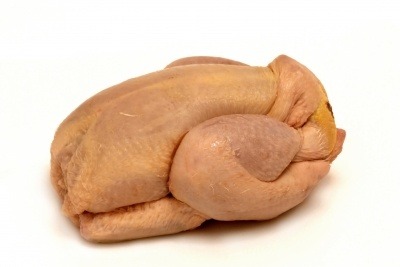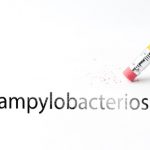
♦ Campylobacter found on 70% of chickens sold in supermarkets.
♦ 280 thousand people suffer campylobacter food poisoning annually.
♦ About one of third of us in the UK will suffer this type of food poisoning in our lifetime.
So then, fresh chickens found in UK retailers are contaminated with the bacteria Campylobacter. The Food Standards Agency (FSA) has released the findings of its survey into the degree of contamination of the poultry on sale in various retailers. About 70% of fresh chickens on sale in the major supermarkets and other retailers tested positive for this bug. It isn’t a surprise that contamination amongst retailers varies but still none meet the target for seeing levels of the bacteria at a safe level in this product.
Campylobacter causes an unpleasant food poisoning event (aren’t they all) which just happens to be the most common, affecting 280,000 people in the United Kingdom annually. It is also responsible for over 100 deaths in the UK each year and costs the British economy an estimated £1bn.
The symptoms include diarrhoea, stomach pain, fever, headache, feeling and/or being sick. It usually takes two to five days for these symptoms to, although the onset of symptoms can range from one to 11 days.
It is thought that at least one third of us in the UK will suffer from poisoning by Campylobacter.
The source is usually poultry and chicken in particular although turkey claims a fair share. Storing raw chicken separately from other food, good hygiene such as proper hand washing and thorough cooking to destroy the bacteria minimises the risk of poisoning. Cross-contamination of cooked poultry from other sources is often the case as is simply undercooking the bird. Always ensure there is no pink flesh and juices run clear.
The FSA examined Campylobacter in nearly 2,000 fresh whole chilled chickens in the first half of their year-long study. Nearly one in five chickens on the shelves had the highest level of Campylobacter contamination defined as 1,000 colony forming units per gram (>1,000 cfu/g). Of the total number of chickens about 70% tested positive for the campylobacter with 6% of the packaging they came into contact with also testing positive for its presence. Another 2,000 chickens will be examined in the second half which ends in February 2015.
Some retailers perform better than others and it is likely that suppliers will be asked to either steam with ultrasound to heat the surfaces of the chicken to kill off the bacteria or rapidly freeze the surface using liquid nitrogen which achieves a similar result. Both techniques alter the surface appearance of the poultry but if consumer confidence is to remain high when purchasing a bird then such processing practice will be required if not mandatory.
Reference: https://www.food.gov.uk/science/microbiology/campylobacterevidenceprogramme

Leave a Reply